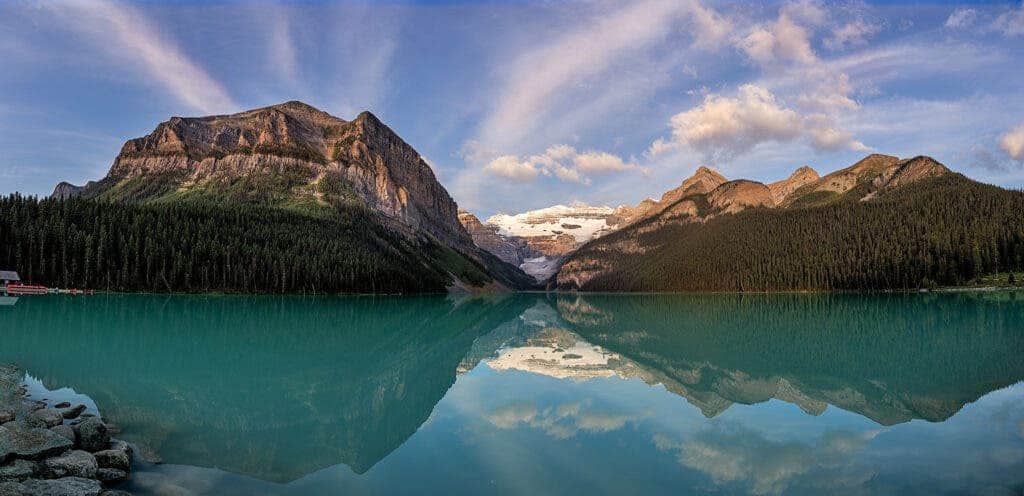Glacial lakes are expanding fast around the world, with their volume jumping more than 50% in just 30 years. A new study based on satellite images highlights the true impact of increased meltwater draining from retreating glaciers in communities.

The study, the largest done so far on glacial lakes, will help researchers identify the potential threats to downstream communities and improve the accuracy of sea-level rise estimations.
“We have known that not all meltwater is making it into the oceans immediately,” lead author Dan Shugar, a geomorphologist and associate professor at the University of Calgary, said in a statement. “But until now there were no data to estimate how much was being stored in lakes or groundwater.”
Shugar and his team looked at more than a quarter of a million satellite images, analyzing how lakes formed from melting glaciers have been affected by global warming and other processes. They found that the volume of glacial lakes rose 53% between 1990 and 2018, equivalent to the volume of 20 million Olympic-size swimming pools.
The global volume of glacial lakes is currently estimated at about 156 cubic kilometers of water, the authors show. Some of the meltwater ends up in the oceans, but a substantial amount also feeds glacial lakes, which have been growing dramatically over the last several decades, according to the study.
Glacial lakes play a big role in supplying fresh water for the world’s poorest people, especially in areas of Asia and South America. But they are also a threat to such communities as outburst floods can destroy infrastructure, tear down villages, and wash away roads, among other consequences.
The researchers highlighted, for example, threats to hydroelectric power plants in the Himalaya, the Trans-Alaska pipeline (which goes through mountains hosting glacial lakes,) and major roadways such as the Karakoram highway between China and Pakistan, a corridor that carries billions of dollars of goods annually.
Floods have even been responsible for thousands of deaths over the past century. One of the most recent cases was in Pakistan last May, when a glacial lake outburst flood affected the Hunza Valley. With more than 7,000, Pakistan has more glaciers than anywhere except the polar regions, a large number challenged by a warmer world.
The study found that lakes in Scandinavia, Iceland, and Russia were the fastest growing in the world, more than doubling in size during the study period. Elsewhere, lakes grew by about 80%. In Patagonia, for example, lakes reached 3,582 square kilometers in 2018, up 27 square kilometers since 1990.
“As lakes get bigger there is more water in them to drain quickly and produce glacial lake outburst floods,” Stephan Harrison, co-author, said. “These are a real hazard in many valleys connected to retreating glaciers in parts of the Himalayas and Andes, for example. Such glacial lake outburst bloods have killed tens of thousands of people.”
The study was published in the journal Nature Climate Change.
Was this helpful?



